This article provides a detailed guide to freestyle swimming drills for beginners, helping to improve swimming technique and performance. From the first steps to advanced techniques, you will be guided through each step to progress in freestyle swimming.
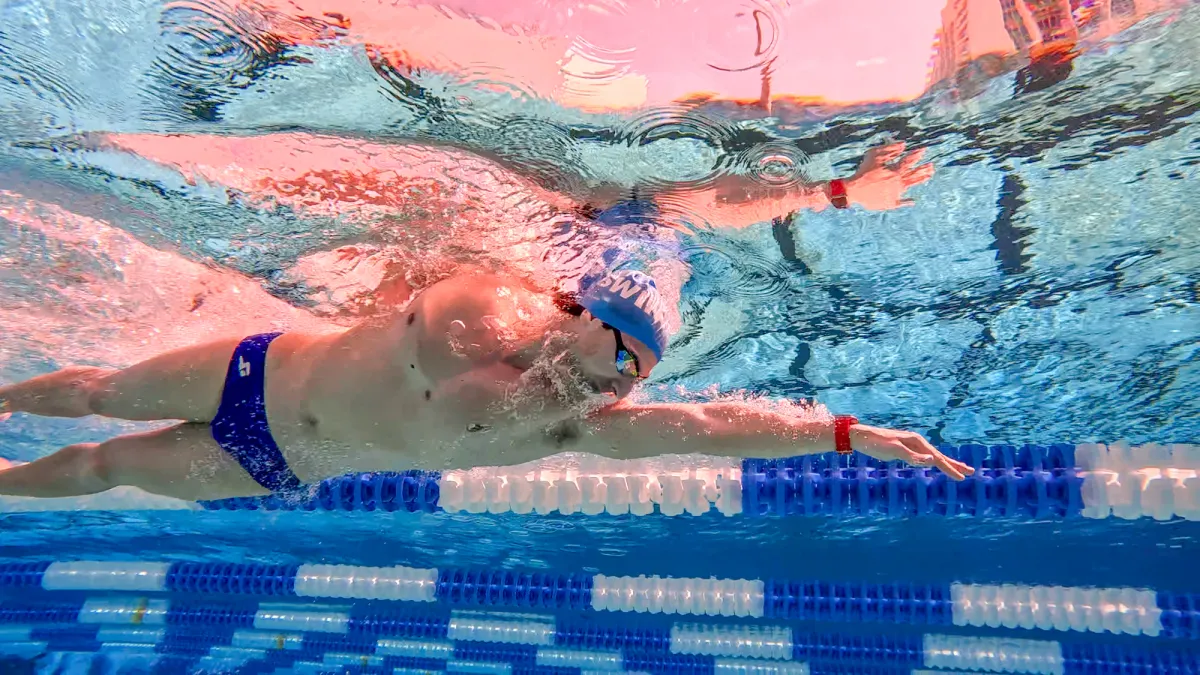
Freestyle rotation myswimpro fares
Introduction: Why Freestyle Swim Drills are Essential for Beginners
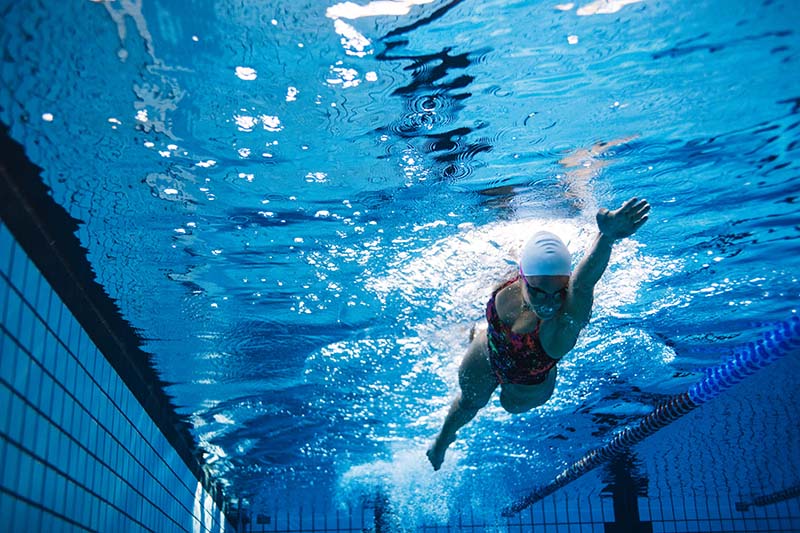
Freestyle Swimming is Important for Everyone
Freestyle swim drills are essential for beginners for several reasons. These drills help beginners develop proper technique and form, which is crucial for efficient swimming. By focusing on specific aspects of the freestyle stroke, such as body position, arm movement, and breathing, beginners can gradually improve their skills and become more confident in the water.
Freestyle swim drills also enhance strength, endurance, and coordination, leading to better overall performance. Whether it’s practicing the catch, mastering the kick, or perfecting bilateral breathing, incorporating freestyle swim drills into a beginner’s training routine is a fundamental step towards becoming a proficient swimmer.
Step 1: Understanding the Basic Freestyle Stroke Technique
Freestyle swimming is also known as freestyle swimming or front crawl swimming. This is the fastest swimming style among current swimming styles. With this swimming style, each person will swim according to their own wishes without having to follow any rules. The only factors evaluating this swimming style are speed and time.
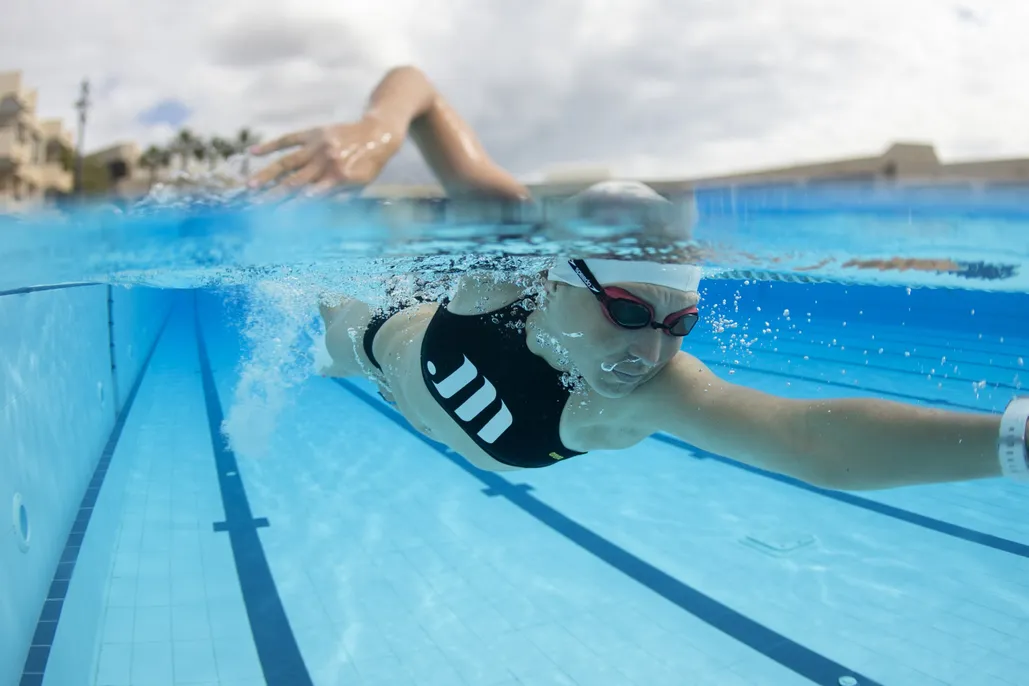
Freestyle swimming is also known as freestyle swimming or front crawl swimming.
The movement of the arms in free is alternating, i.e. while one arm is pulling or pushing, the other arm recovers. Arm strokes also provide most of the forward motion. The move can be separated into three parts, pull, push and recovery.
Freestyle swimming is swimming in a horizontal position with the body facing down. The body rolls from side to side, always facing the arm that is pulling in the water. To be able to breathe, as the body is curled up and tilted to the side of the recovery arm, the swimmer’s head also turns to that side. and keep your mouth above the water.
Step 2: The Importance of Proper Breathing Techniques in Freestyle Swimming
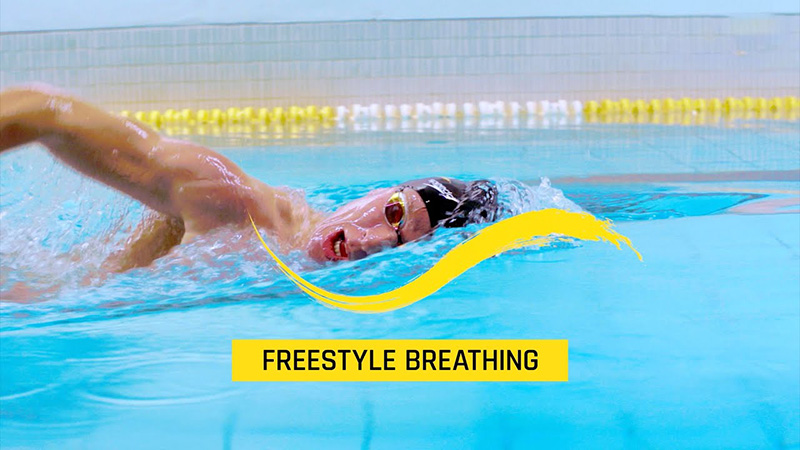
Freestyle swimming with Swim Time Log
Correct breathing while swimming is very important for having quality swimming sessions. When breathing, the swimmer turns his head to the side during the recovery of his arms until his mouth is above the water. The swimmer inhales quickly and then turns his head down. The swimmer exhales through his mouth and nose until the next breath. Exhaling through your nose helps prevent water from entering your nose.
Step 3: Mastering the Kick – Leg Drills to Improve Speed and Stability
The footwork in freestyle swimming is called the splash kick. The legs move alternately, with one leg kicking down while the other moves up. Leg movements play an important role in stabilizing body position.
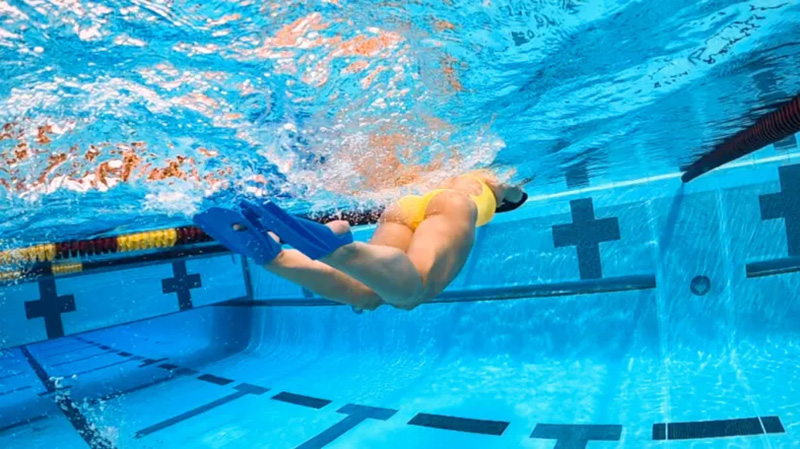
Leg movements play an important role in stabilizing body position.
Legs in the starting position are slightly bent at the knees, then kick the shins and feet downward. The legs may be slightly bent inward. After the kick, the straight leg moves up again
Ideally there are 6 kicks per cycle, although 4 kicks or even 2 kicks can also be used. When one arm pushes down on the opposite leg, also perform a downward kick to fix the body’s orientation. The splash kick is a simple but effective kicking technique. At the same time, they also complement the alternating arm movements in the front crawl quite well.
Step 4: Developing Upper Body Strength and Coordination through Arm Drills
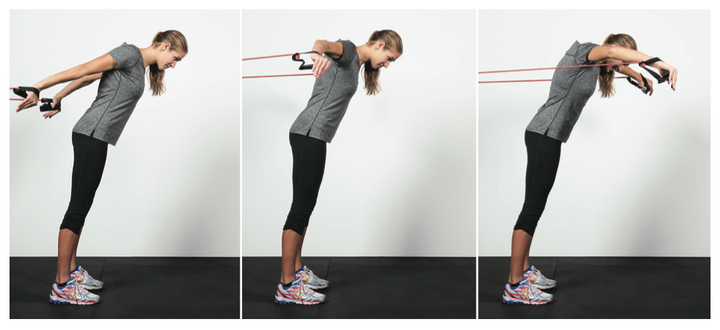
Advice to use arm band to improve strength
Develop your upper body strength and improve coordination with our effective arm exercises in freestyle swimming. Engaging the muscles in your arms, shoulders, and back, these exercises are designed to enhance your swimming technique and power. By incorporating these arm exercises into your training routine, you’ll experience improved stroke efficiency and overall performance in the water. Whether you’re a beginner or an experienced swimmer, our targeted exercises will help you achieve your goals.
Step 5: Putting it all Together – Full Stroke Integration Drills and Tips
Supplementary exercises for freestyle swimming are an important part of improving a swimmer’s skills and strength. These exercises help improve breathing, strengthen muscles and increase body flexibility. In addition, focusing on arm and leg muscle exercises is also very important. Make sure you incorporate these supplementary exercises into your daily training program to get the most out of your freestyle swim.
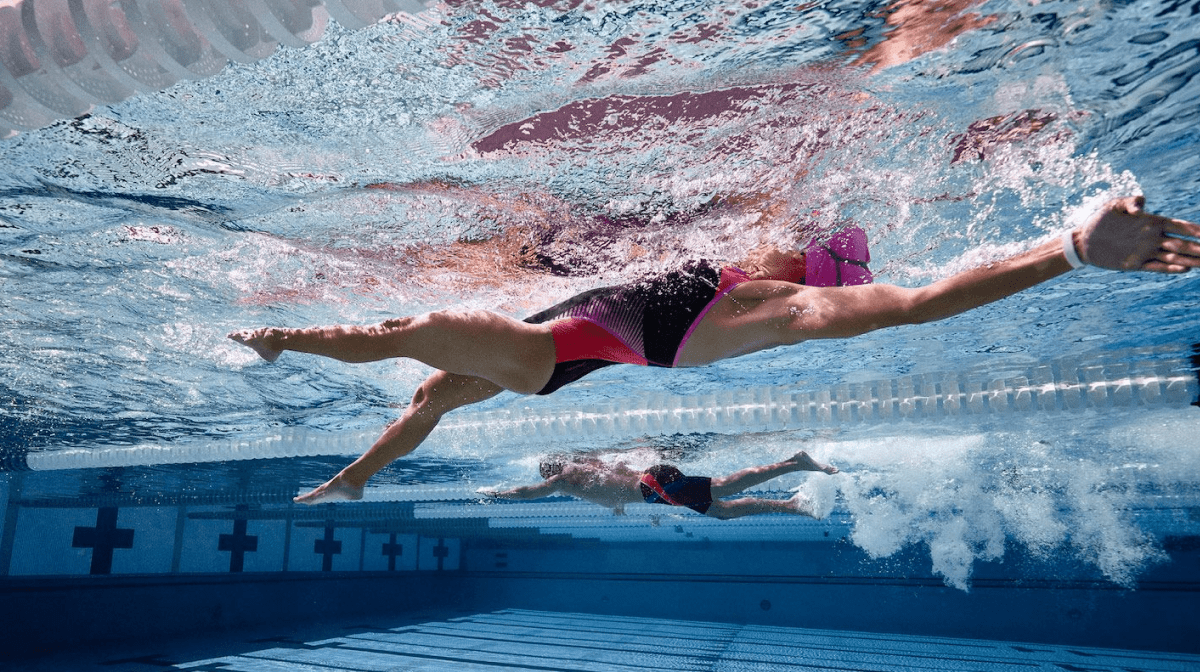
Make sure you incorporate these supplementary exercises into your daily training program to get the most out of your freestyle swim.
Effective freestyle swimming tips help you improve your swimming skills and fully enjoy the fun in the water. By following proper technique, focusing on breathing and basic movements, you will improve your flexibility, endurance and speed in freestyle swimming. Don’t forget to use support equipment such as inflatables, swimming goggles and life jackets to increase safety and confidence during exercise.
Closing Thoughts: Track Your Progress and Keep Practicing!
Please follow and practice regularly to achieve the desired results. I believe you will achieve the results you desire
AUTHOR
Sang Nguyen
Sang Nguyen is a former national swimmer for Vietnam who has transitioned into coaching. With a passion for fostering a healthy swimming community and connecting like-minded individuals,......Read More
BLOG
Maybe You Are Interested
Butterfly Arm Stroke Movement
The butterfly stroke, with its captivating undulations and powerful movements, requires a refined butterfly arm...
2 Butterfly Kick Swimming Drills: Building Power from the Core
The butterfly stroke, known for its powerful undulations and graceful movements, relies heavily on a...
5 Ways to Improve Your Butterfly Swim Technique
The butterfly stroke, also known as the fly swimming technique, is a captivating display of...
8 Butterfly Stroke Tips to Help You Improve Your Skill
The butterfly stroke, also known as the butterfly swim, is undeniably one of the most...
Discover Information About Butterfly Stroke: From History to Technique and Benefits
The butterfly stroke, also known as butterfly swim or fly swim stroke, is one of...
Competitive Swimmer Diet in Olympics: Fueling Your Gold Medal Dreams
Competitive swimmers push their bodies to the limit, demanding a competitive swimmer diet that provides...